Geothermal heat pumps are a wonderful technology that is now being used more and more in both the residential and commercial HVAC industries. Carney Plumbing, Heating and Cooling has a team of Lansdale geothermal technicians that can help you understand the various features to look for in geothermal heat pumps, as well as being able to aptly perform geothermal installation and repairs.
There are a number of geothermal features that make this type of heating and air conditioning system a wise choice if you want to save energy and money on your monthly utility bills. Geothermal heat pumps utilize the more stable temperature found in the ground or from a nearby water source in order to produce either heated or cooled air, depending on the time of year and the need; therefore, geothermal heat pumps provide year-round comfort in one system.
Geothermal systems can utilize one of three main types of heat pumps: a closed loop system, an open loop system, or a hybrid system. The hybrid option utilizes a dual-source heat pump, which combines the use of a traditional air-source heat pump with a geothermal heat-pump (ground-source heat pump).
While the initial cost of installing a geothermal heat pump system tends to be more expenesive than other HVAC systems, they are easy to maintain and are some of the most efficient ways to heat and cool your home or business. Many on the market today have been awarded the ENERGY STAR label. With these models, there are often government incentives, such as federal tax breaks, for purchasing geothermal heat pump systems.
Additional geothermal features that are available include dual stage scroll compressors, chlorine-free and environmentally friendly R-410A refrigerant, quiet water valves, high quality blower motors, suction line accumulators, and heat exchangers. It is also good to look for a geothermal heat pump that is covered by a good warranty.
Carney Plumbing, Heating and Cooling supplies quality geothermal services in Lansdale, Pennsylvania and the surrounding areas. As fully licensed geothermal contractors we have the field-experience and proper education necessary to work with complete geothermal heat pump systems. Let us help you understand the features to look for in these systems so that you can determine which geothermal energy system is right for your specific needs. Call us any time!


 A wonderful customer details their experience with Carney Plumbing, Heating & Cooling .
A wonderful customer details their experience with Carney Plumbing, Heating & Cooling .